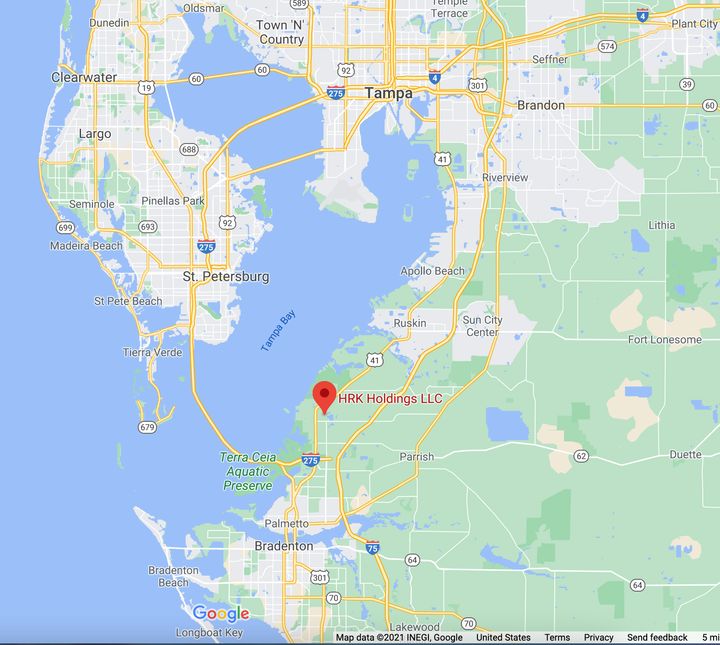Florida’s governor has declared a state of emergency over concerns that a reservoir containing 400 million gallons of wastewater from a former phosphate mine may collapse and engulf the surrounding Tampa Bay area, prompting efforts to drain its contents into local waterways.
“We’re down to about 340 million gallons that could breach in totality in a period of minutes,” Manatee County’s Acting County Administrator Scott Hopes said at a press conference Sunday on current efforts to deplete the Piney Point phosphogypsum reservoir after a leak was discovered.
Hopes urged residents within the evacuation zone, roughly 12 miles north of Bradenton, to heed warnings, cautioning that current models show that a 20-foot wall of water could rush the area in less than an hour’s time if there’s a total collapse.
“If you’re in an evacuation area and you have not heeded that, you need to think twice,” he said.
A leak in the 9-acre reservoir’s liner was first reported about a week ago but it wasn’t until recently that things turned dire as efforts to plug the crack failed, officials said.
Gov. Ron DeSantis (R), speaking at Sunday’s presser, said 33 million gallons of the untreated water, or 23,500 gallons a minute, are being pumped out of the reservoir and into surrounding waterways per day with the help of the Florida National Guard.
He denied widespread reports that the liquid is radioactive due to it containing phosphogypsum, which is a waste product of phosphate mining. Phosphogypsum contains “appreciable quantities” of radioactive materials, such as uranium and radium, according to the federal Environmental Protection Agency.
DeSantis instead said the liquid is mainly saltwater, rainwater and what he called “legacy water.” He also said the water is slightly acidic and contains elevated levels of nutrients, which has sparked concern among local fishermen and environmentalists that it could ignite another toxic algae bloom.

Florida’s Department of Environmental Protection Secretary Noah Valenstein said Sunday that testing on the water has not raised high levels of concern, though he conceded that “this is not water we want to see leaving the site.”
The Florida DEP did not immediately respond to HuffPost’s request for comment Sunday on DeSantis’ definition of “legacy water.” According to one article on legacy pollutants from the University of Southern Maine, these pollutants are “contaminants that have been left in the environment by sources that are no longer discharging them such as an old industry that has since left the area.”
DeSantis and Florida’s DEP have said they will hold the owner of the reservoir ― HRK Holdings, which reportedly purchased the site in 2006 ― accountable for any damages to the state’s resources due to the event.
The wastewater site’s troubles go back decades, however, and well beyond its current owner.
In 2020 the reservoir was declared “one of the biggest environmental threats in Florida history” in one article that outlined various controversies dating back to the 1960s. Most recently, HRK Holdings filed for bankruptcy in 2012 due to expenses it incurred following a gypsum stack liner leak the prior year, the Bradenton Herald reported.
Hopes, at the presser on Sunday, appeared to concede that issues with the reservoir have long been swept under a rug.
“It could have been resolved two decades ago,” he said. “What I’ve seen in the past four days from the governor’s office is that all agencies and entities are now committed to a permanent resolution.”

